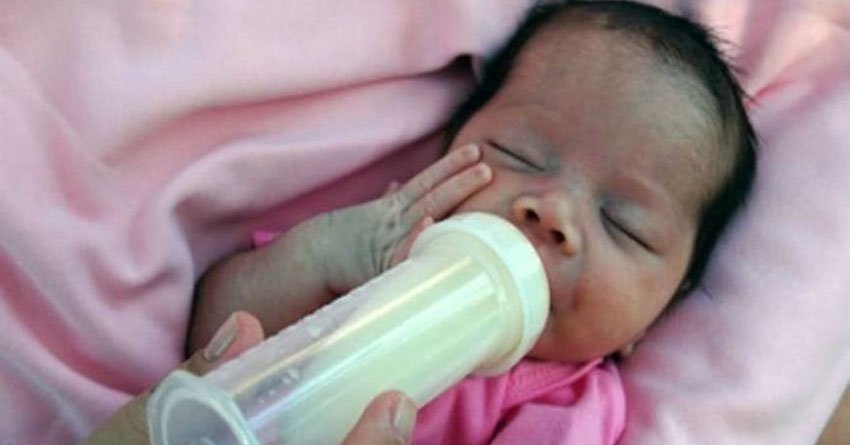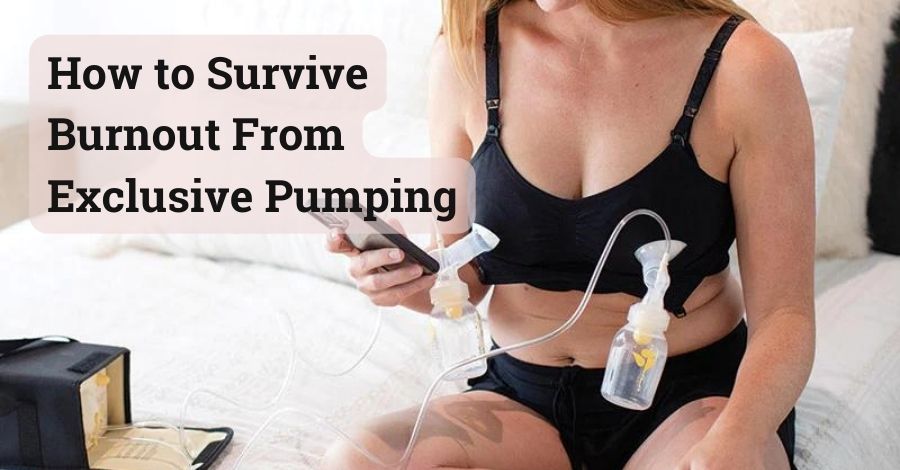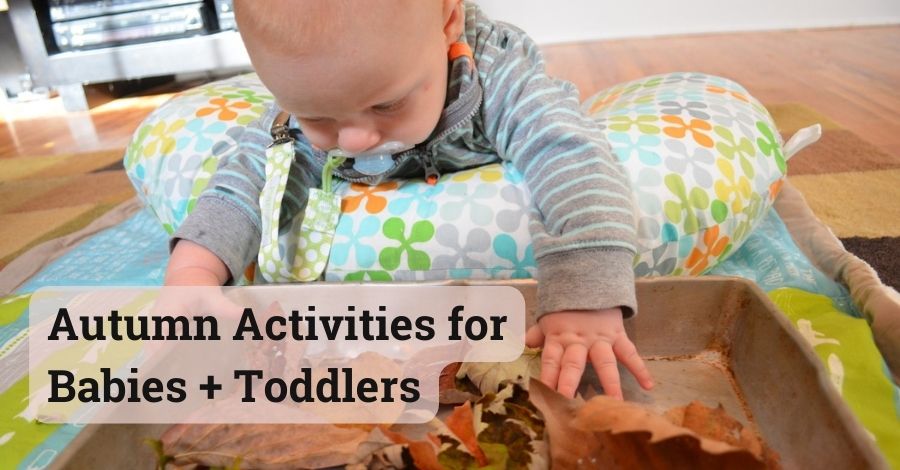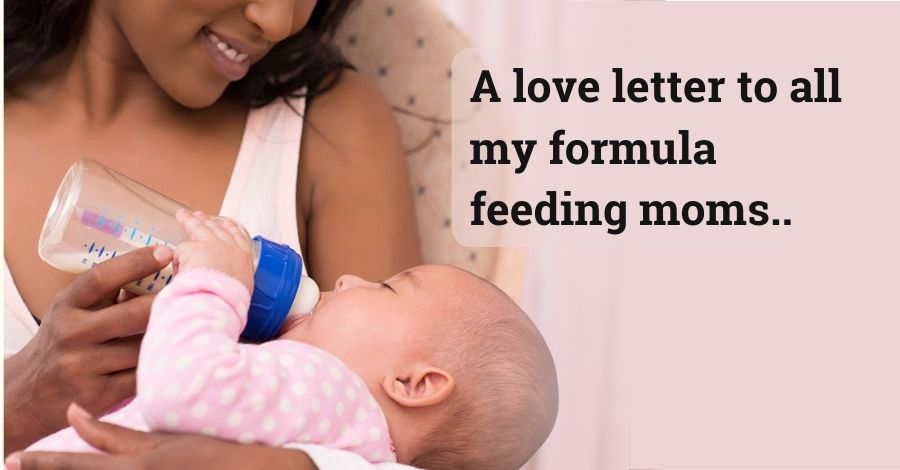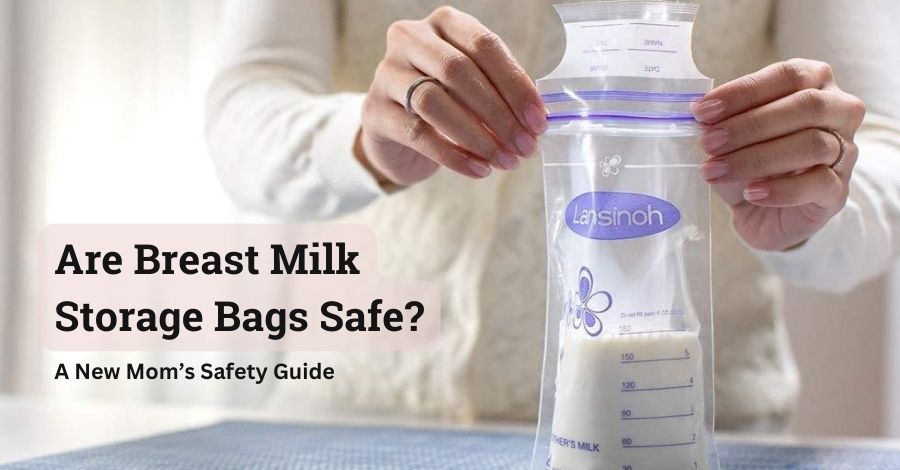
As a new mom, you’re juggling a million things, and safely storing your precious breast milk is a big one. Breast milk storage bags seem like a convenient option, but a common question arises: Are breast milk storage bags safe?. The answer, like most things in life, isn’t a simple “yes” or “no.” It depends on several factors, and understanding those factors can empower you to make informed decisions about storing your little one’s precious liquid gold. Fear not, mama! This guide dives deep into the safety of breast milk storage bags, providing answers and peace of mind.
Understanding Breast Milk Storage Bags:
Breast milk storage bags are pre-sterilized, single-use pouches specifically designed to hold expressed breast milk. They’re typically made of BPA-free, food-grade plastic and feature double seals and leak-proof closures for reliable storage. Some bags come pre-sterilized, while others require boiling beforehand.

Several types of breast milk storage bags exist, each with its own advantages and disadvantages:
- Flat bags: Standard format, easy to store flat, often budget-friendly.
- Standing bags: Self-standing for convenient filling and pouring, may occupy more space.
- Zip-top bags: Easy to open and close, potential for leaks if not secured properly.
- Pouches with screw-on caps: Leak-proof design, may require additional adapters for pumping directly into the bag.
You may also read: What happens to breast milk after it gets donated?
The Big Picture: Are Breast Milk Storage Bags Safe?
Yes, breast milk storage bags can be safe for storing your baby’s food source, but there are some crucial factors to consider. The key lies in choosing high-quality, food-grade bags that comply with safety regulations and following proper storage and handling practices.
Here’s the good news:
Yes, breast milk storage bags can be safe when used properly. However, there are some important factors to consider:
Safety features:
- Made with Safe Materials: Most reputable brands use BPA-free, food-grade plastics that are rigorously tested to ensure they don’t leach harmful chemicals into your milk.
- Double-Sealed Protection: Many bags boast double-sealed seams and zippers to prevent leaks and contamination.
- Convenient and Practical: Storage bags are lightweight, portable, and space-saving, making them ideal for on-the-go moms or building a freezer stash.
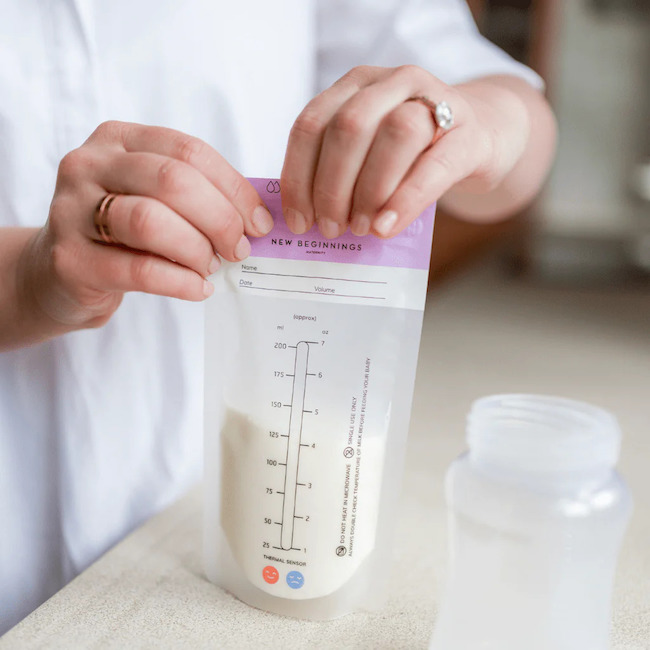
Proper use:
- Follow storage guidelines: Adhere to recommended storage times and temperatures based on whether you’re refrigerating or freezing the milk.
- Label clearly: Mark each bag with the date and amount of milk expressed.
- Thaw safely: Never thaw milk in the microwave or at room temperature. Use the refrigerator or under running cold water.
- Discard after single use: Do not reuse bags for storage, as this can increase the risk of contamination.
But wait, there’s more to the story:
- Not All Bags Are Created Equal: Cheap, unbranded bags might not adhere to safety standards and could contain harmful chemicals. Stick to reputable brands with clear labelling and certifications.
- Potential for Leakage: While most bags are designed to be leak-proof, improper handling or faulty seals can lead to leaks. Inspect bags for damage before use and store them upright in the fridge or freezer.
- Frozen Milk Concerns: Some studies suggest that prolonged freezing in plastic bags might lead to slight nutrient loss compared to glass containers. However, the overall nutritional benefits of breast milk far outweigh this minor concern.
Choosing the Right Bags:
Look for these key features:
- BPA-free and food-grade plastic: Look for labels like “BPA-free” and “food-grade” to ensure safety.
- Double-sealed seams and zippers: This minimizes the risk of leaks and contamination.
- Pre-sterilized: Saves you time and ensures cleanliness.
- Lay-flat design: Ideal for space-saving storage in the freezer.
- Graduated markings: Makes measuring and tracking portions easier.
- Reliable brand: Choose established brands with a good reputation for quality and safety.
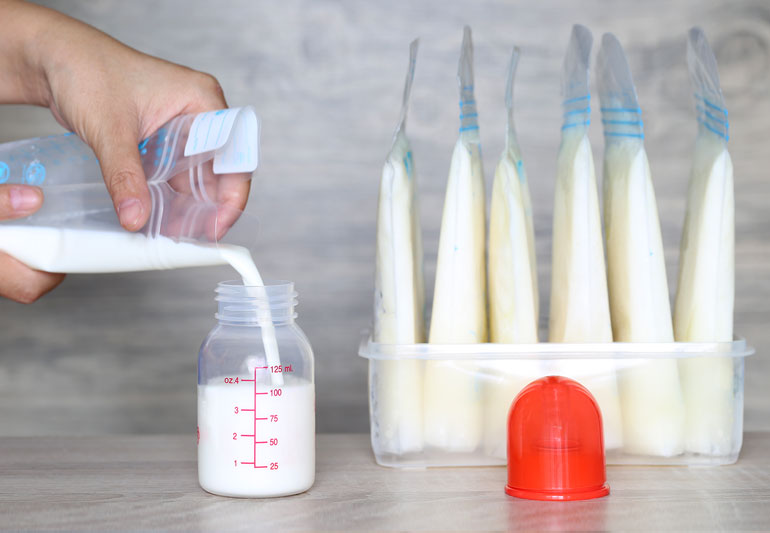
Safe Storage Practices:
- Always wash your hands: Thoroughly wash your hands with soap and water before handling bags and breast milk.
- Label bags clearly: Mark the date and amount of milk on each bag for easy identification and tracking.
- Follow storage guidelines: Store milk at the appropriate temperature (room temp for up to 4 hours, fridge for up to 4 days, freezer for up to 6 months).
- Thaw milk safely: Never thaw milk in the microwave or hot water. Use the refrigerator or cold running water.
- Avoid refreezing: Once thawed, don’t refreeze breast milk.
- Discard damaged bags: Replace any bags with tears, punctures, or leaks.
Beyond Safety: Exploring the Pros and Cons:
| Pros | Cons |
|---|---|
| Convenience: Lightweight, pre-measured bags are easy to fill, label, and store, making them ideal for busy moms. | Potential for Leaks: Although rare, leaks can occur due to mishandling or defective seals. Consider double bagging for extra security. |
| Space-Saving: Bags lay flat when frozen, maximizing freezer space compared to rigid containers. | Environmental Impact: Disposable bags create waste, so consider reusable options for frequent pumping. |
| Portability: Perfect for travel or daycare, as they pack easily and thaw quickly. | Cost: Bags can be more expensive than reusable containers in the long run. |
| Disposable: Eliminates the need for washing and sterilizing reusable containers. |
Special Considerations:
- Premature Babies: For particularly vulnerable babies, consult healthcare professionals for specific storage recommendations, as they may advise against using bags.
- Pump Compatibility: Ensure bag openings are compatible with your pump for seamless transfer.
- Talk to your healthcare provider if you have any concerns about breast milk storage.
Making the Right Choice:
Remember, the safest option is the one that works best for you and your baby’s needs. Consider your budget, storage space, convenience preferences, and any specific concerns you have about materials or chemicals. Don’t hesitate to consult your pediatrician or lactation consultant for personalized advice.
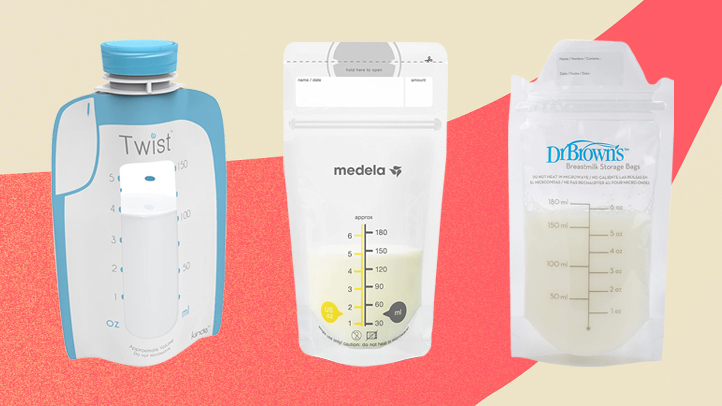
Can You Reuse Breast Milk Storage Bags?
While some reusable silicone bags exist, most disposable breast milk storage bags aren’t designed for multiple uses. Reusing them can increase the risk of leaks, contamination, and potential breakdown of the material, compromising the safety and quality of the milk.
Do Breast Milk Storage Bags Expire?
Technically, no. However, the materials and seals may degrade over time, potentially affecting the bag’s performance and increasing the risk of leaks. It’s best to use bags within a reasonable timeframe, generally within a year of purchase.
Tips for Using Breast Milk Storage Bags Safely:
- Choose reputable brands: Opt for established brands with a commitment to safety and quality.
- Wash your hands thoroughly before handling bags and milk.
- Follow the manufacturer’s instructions for sterilization and use.
- Label clearly: Label bags with dates and amount of milk to track freshness and avoid confusion.
- Store properly: Place bags upright in the back of the refrigerator or freezer to avoid temperature fluctuations.
- Thaw gently: Avoid rapid thawing methods like microwaving, which can destroy nutrients and create unevenly heated pockets.
- Discard after single use: Once used, dispose of the bag and avoid refilling for safety reasons.
- Talk to your healthcare provider if you have any concerns about breast milk storage.
Final Thoughts:
With careful selection and proper handling, breast milk storage bags can be a safe and convenient way to store your precious liquid gold. Remember, the most important factor is to prioritize your baby’s health and well-being by making informed choices about milk storage. Consult with healthcare professionals for personalized advice and always follow safe handling guidelines.
Disclaimer: I am not a medical professional and this information is not intended to be a substitute for professional medical advice. This article provides a general overview, and it’s important to consult with your healthcare provider for personalized guidance. Consider incorporating research and references from reputable sources like the CDC, La Leche League, or Academy of Breastfeeding Medicine.
—————–
Resource:
Top Image: acelleron.com

Hi, I’m Lindley! I’m a stay-at-home-mom sharing all of the tips and tricks I learn throughout my motherhood journey. I’m now navigating through wife life and being a mom while blogging my crazy adventures. I’m so glad to have you along for the ride!
